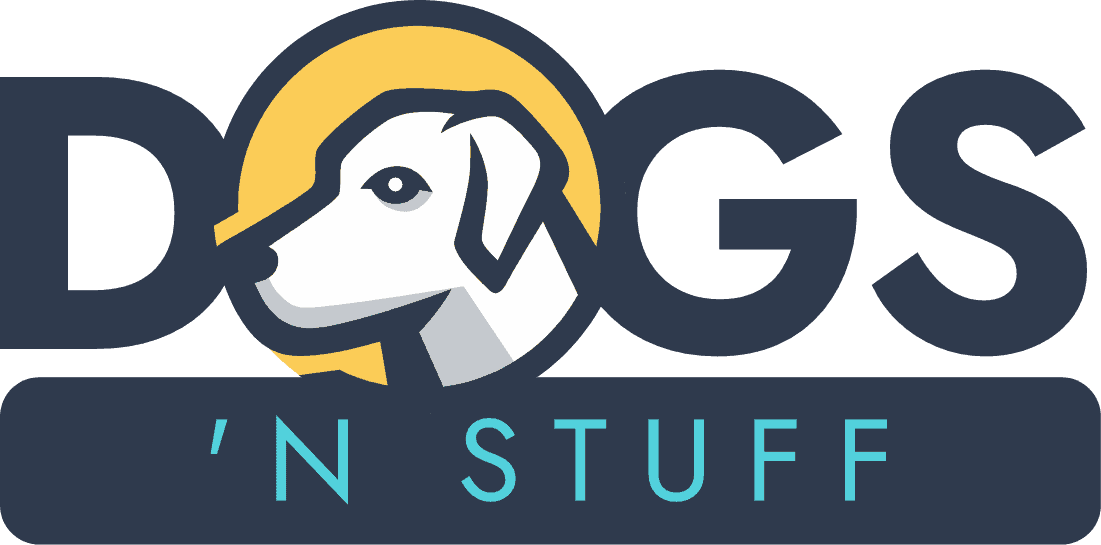Today you called your dog’s name and he didn’t respond.
You started looking for him and noticed that he is hiding cowardly under the table.
You tried to approach him, but he snarled at you. Another day, there was a severe thunderstorm, and he started barking uncontrollably.
Emotional insecurity, fear, and lack of confidence in dogs can manifest in a variety of ways.
Dog insecurity is usually caused by a past traumatic event, an unfamiliar environment, or an underlying illness.
If not treated immediately, it could lead to severe depression. In this article, we will examine insecure dog symptoms and how you can help.
Table of Contents
Signs of an Insecure Dog

Hiding under beds or furniture
Insecure dogs need to feel protected from anything that they perceive as harmful and they do this by crouching in a corner to avoid detection.
Frequent Urination
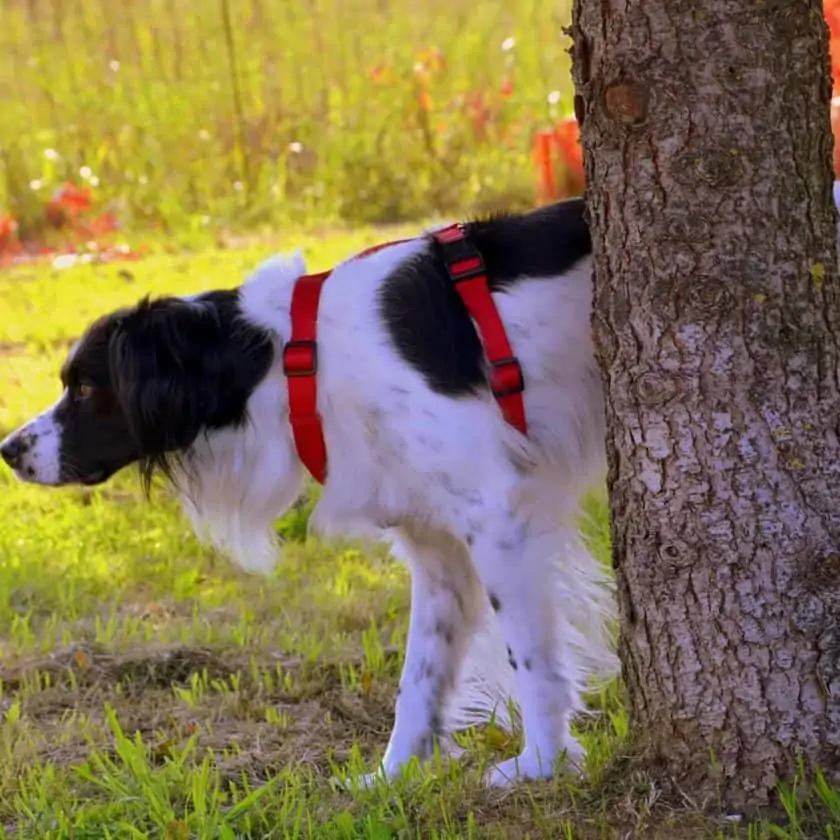
If you notice your dog urinates more frequently than normal and in unusual places, it can be a sign that something is bothering him.
It can be stress caused by the environment or an illness. It’s better not to take chances, and take your dog to vet when this happens
Panting can be a sign of excitement or uneasiness
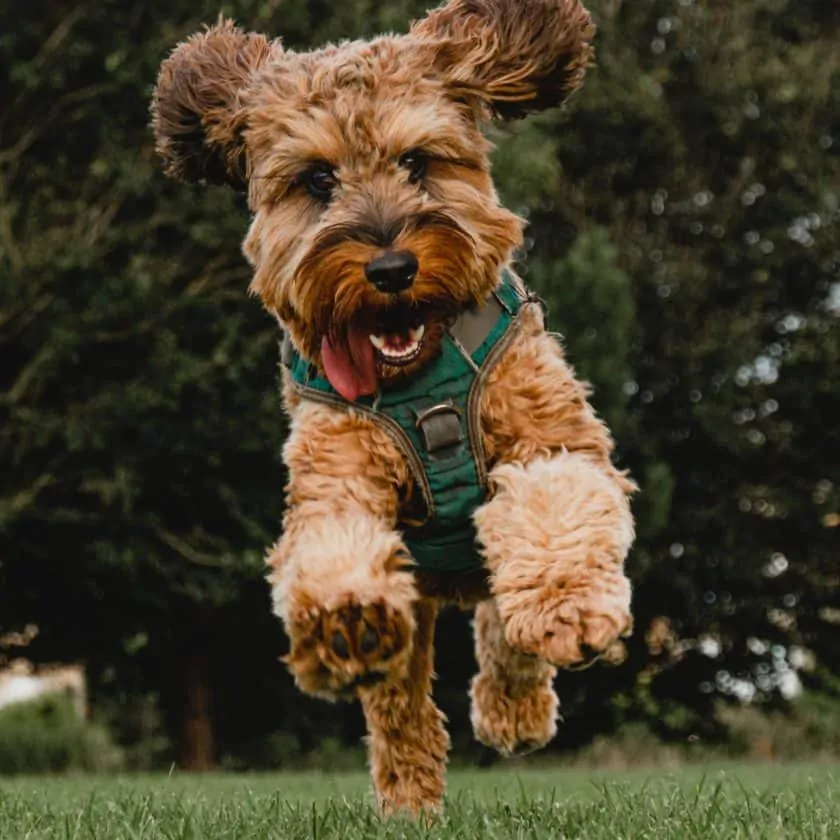
If you notice your dog panting, take a step back, and observe his overall body language.
If his tail is tucked between his legs, and his ears are folded back, then your dog is likely feeling anxious about his environment.
Displacement Behaviors
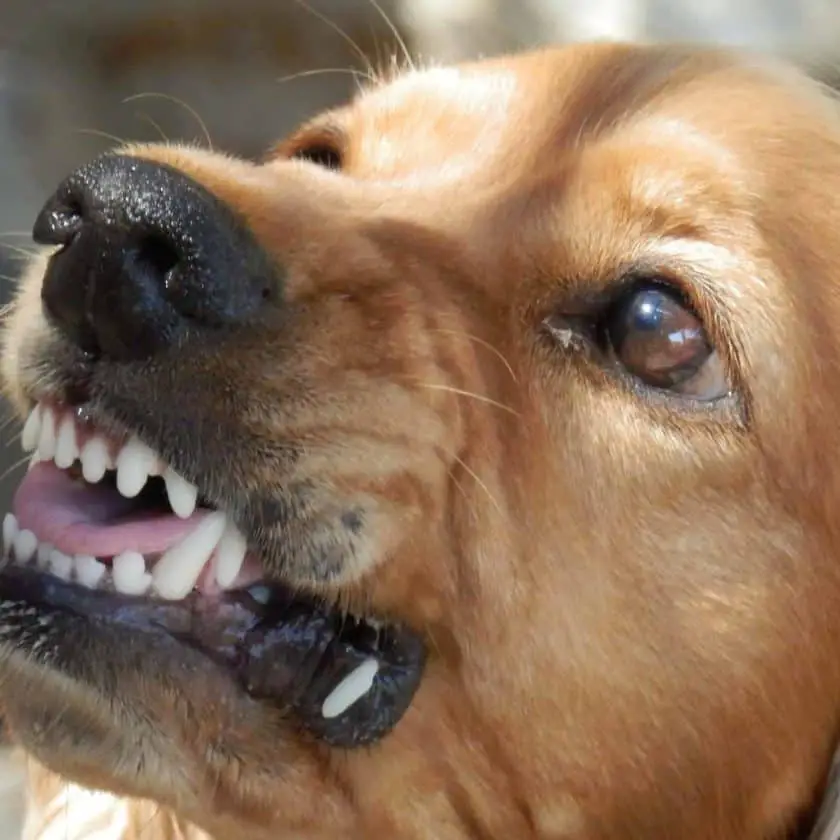
When your dog is feeling a conflict of emotions such as fear and aggression, he might display out-of-context behavior such as excessive scratching and licking of a body part (especially paws), and yawning even when not tired.
Half Moon Eyes

Another common canine stress sign. Ears pinned down, mouth closed, half-moon eye (whale eyes), and head turned away to avoid eye contact.
How to deal with Dog Insecurity
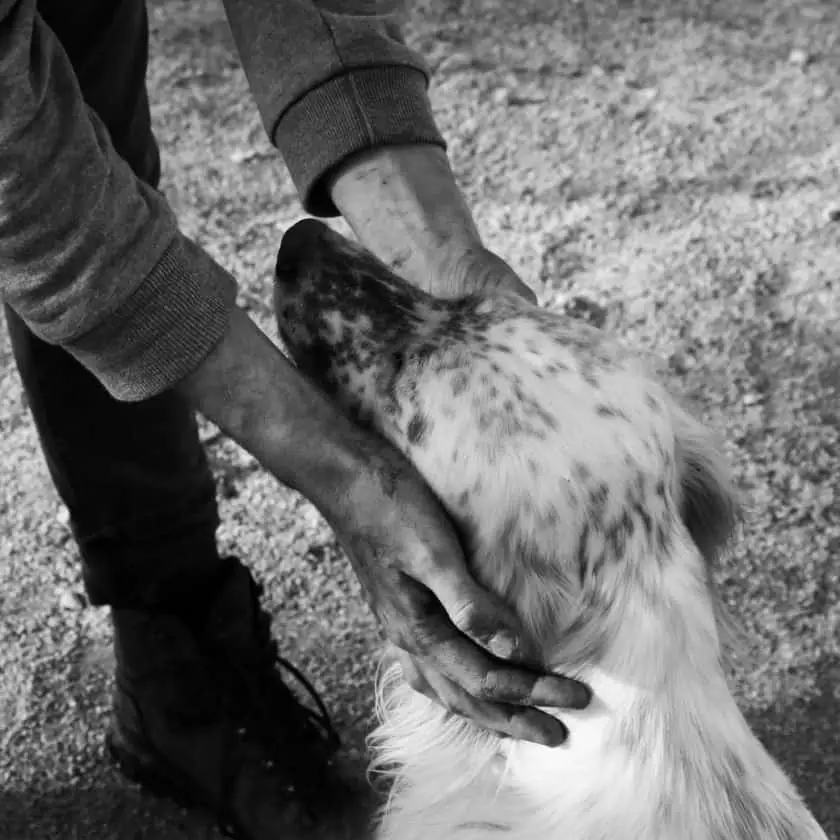
Remove triggers
If he feels nervous around crowds, then avoid dog parks and walk in a quieter area.
The rule of thumb is to remove anything that causes anxiety to your dog.
Provide positive reinforcement
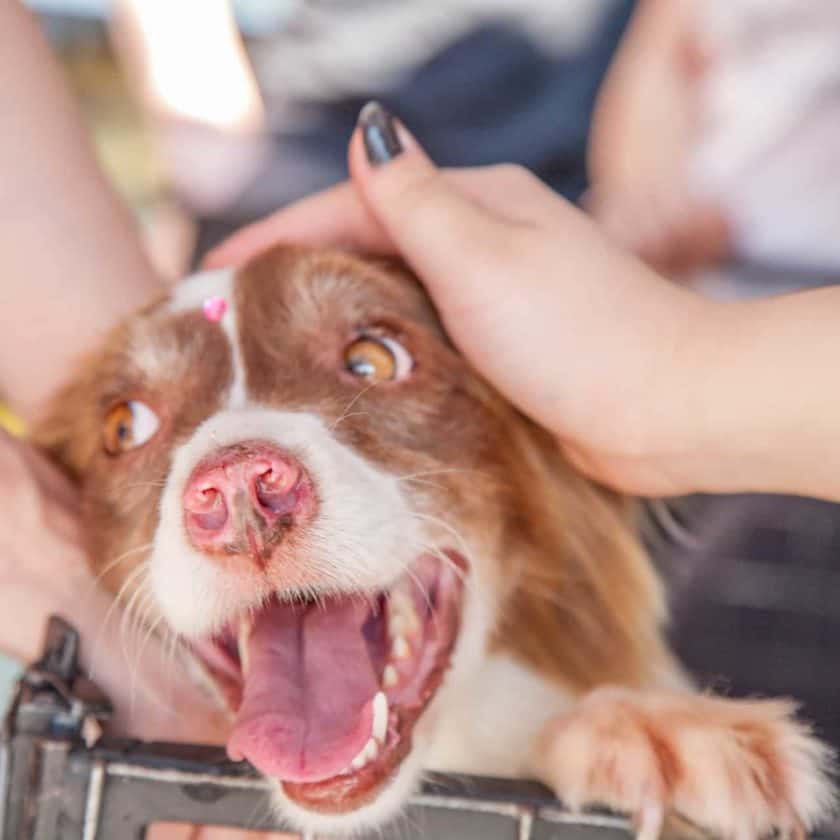
If your dog is cheerful and exhibit good behavior, reward him with treats and praises. If he is anxious, ignore him.
Do not hug your dog because he might think that cuddling is a reward, which reinforces his anxious behavior.
Be the pack leader
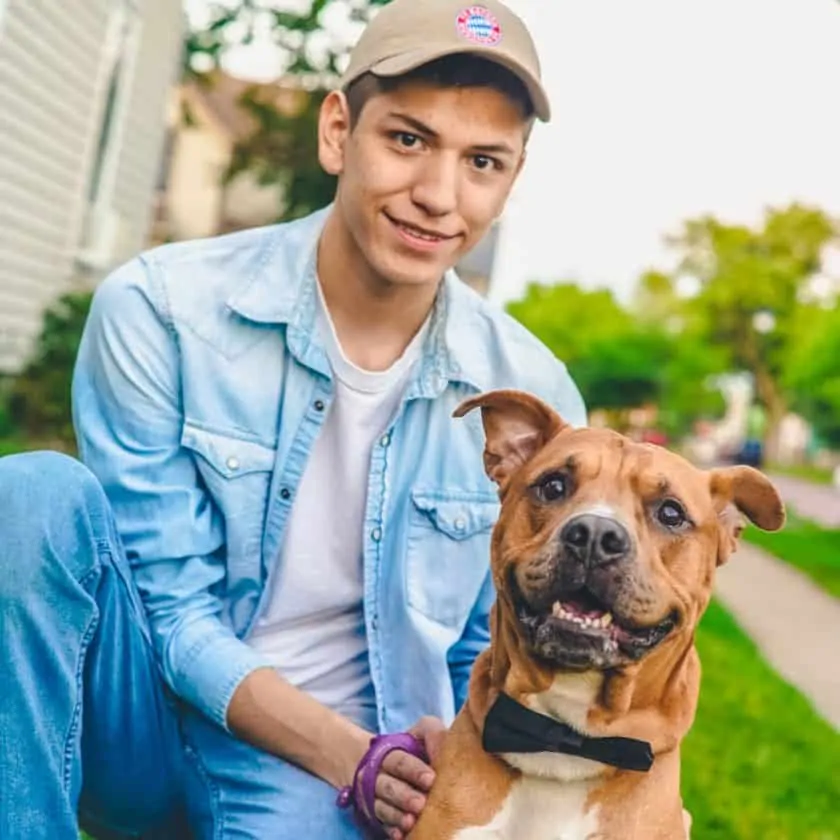
Always stay calm and confident around your dog so they will feel that there’s nothing they should be afraid of.
Put yourself in your dog’s shoes (or should I say paws). If you try to run and grab his leash, he might think that there’s something dangerous and will start running as well.
In other words, demonstrate the same level of confidence you want your dog to demonstrate.
How to Prevent Dog Insecurity
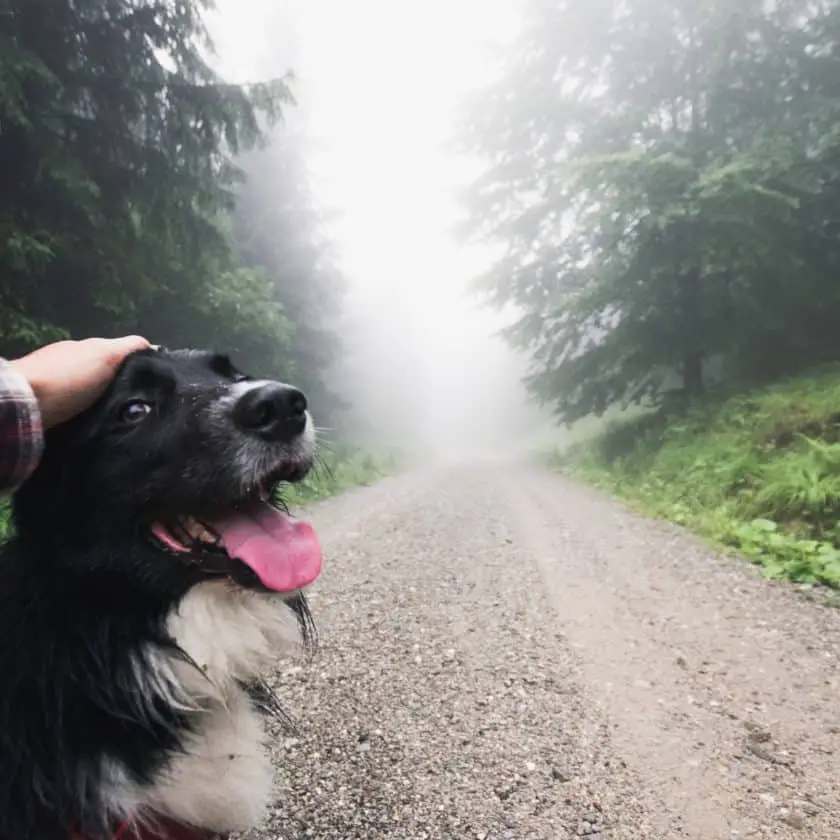
Exposing your puppy to new dogs and humans at an early age is the best way to prevent dog insecurity.
There’s a critical socialization window for puppies, usually between 3 to 14 weeks of age.
During this period, they quickly develop confidence and learn what is safe and unsafe.
Once this socialization window ends, dogs can still learn, but you will need to do it gradually in a more familiar environment with relaxed social interactions.
